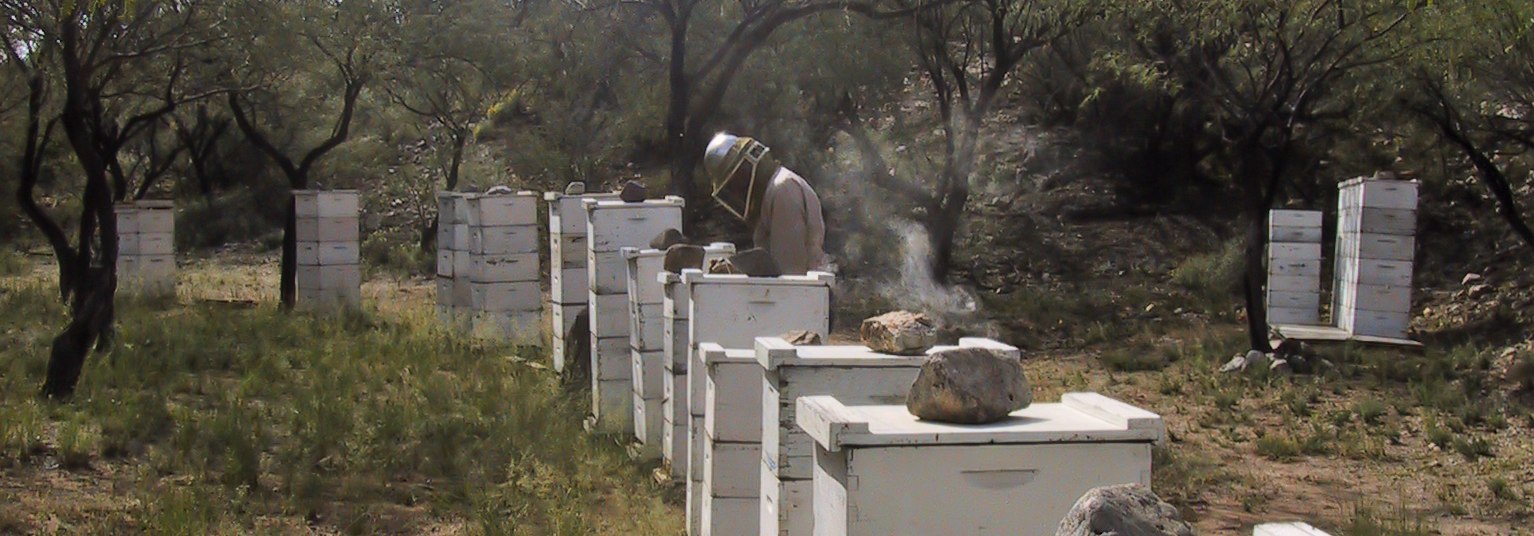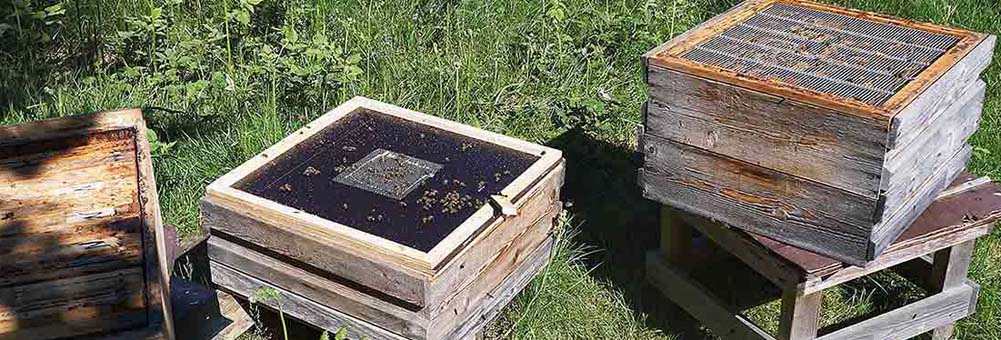I have had this blog for some years now. And I had originally a website in both English and Swedish for many years, which were also not updated for many years. 1.5 years ago or so I updated the English
Learning and teaching
Hans-Otto Johnsen was very skilled already in his youth keeping old American cars and trucks going. That skill can be very handy for a commercial beekeeper. For many years he worked as an expert on explosives, but he got
Comment to evaluation
I want to clarify somewhat the comment in the text about the contradiction concerning the reason for lowering the threshold for giving Thymol to get a better selection. At the same time saying that if you have non-selected bees against
My selection parameters
I have prepared for and selected for varroaresistance for quite some years. Last year I learned how to test a colony for VSH, a simplified method described by John Harbo, easy for everyone to use. DWV-bees on the hardboard Before
Producing varroa resistant bees from a local population

Erickson and Hines in test apiary 2003 Dr Eric Erickson did a great job in the 1990’s in Arizona together with A.H. Atmowidjojo and Lenard Hines (commercial beekeeper with 700 colonies), first showing it’s relatively easy to identify more resistant
Epigenetics, genetics and breeding locally adapted bees
Randy Oliver in Sweden 8 Dec 2013 7-8 December, Randy Oliver California USA, Steve Pernal Canada and Mark Goodwin New Zealand had a workshop on parasites and pathogens, mainly Varroa and American Foulbrood. Mark Goodwin with the help of video
The best queen cell starter?

There are different ways of producing queen cells. It’s always good to have a number at hand, especially during the beginning of the season, but also in the middle of it. Most of the queen cells are needed for early